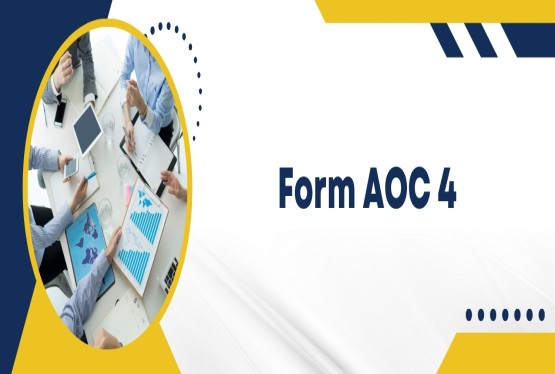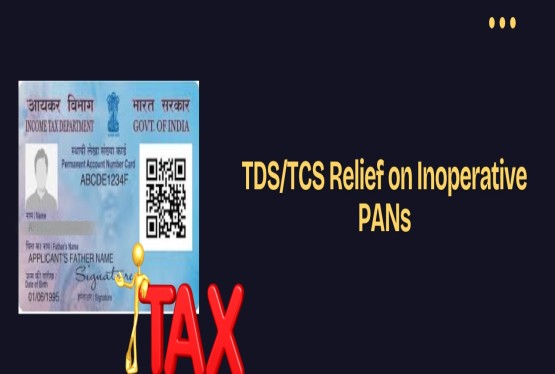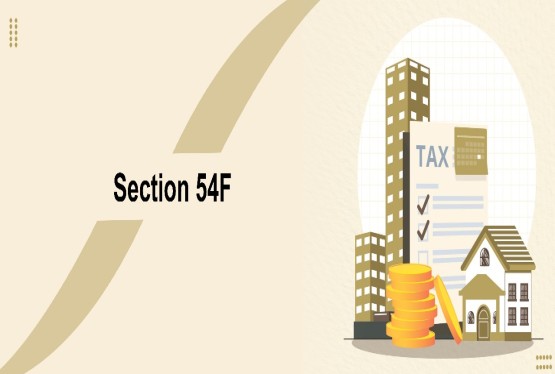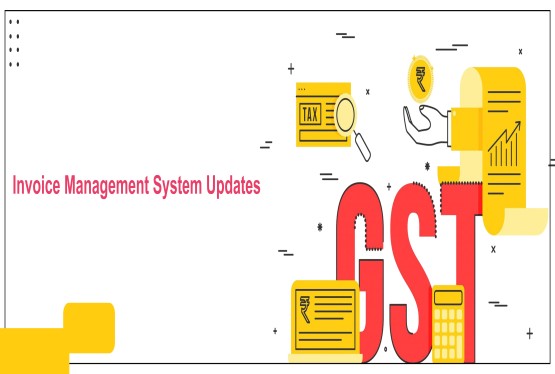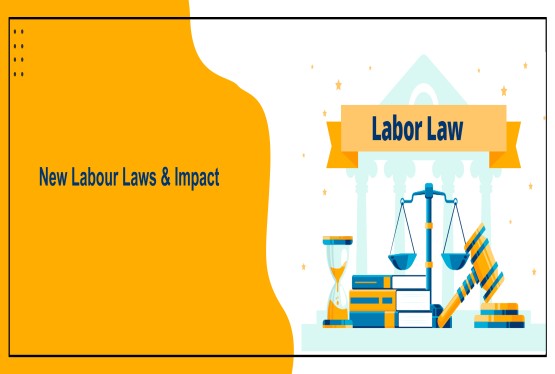The Government of India has implemented various initiatives to support small businesses, including the introduction of the Goods and Services Tax (GST). While GST has streamlined and standardized the tax system, the GST Composition Scheme provides an additional avenue for eligible businesses to simplify tax compliance and reduce tax liabilities.
Understanding the GST Composition Scheme
The GST Composition Scheme is a simplified tax mechanism designed for small businesses. It aims to reduce tax compliance, minimize paperwork, and lower taxation responsibilities for qualified businesses.
-
Eligibility Threshold: Businesses with an annual turnover of up to Rs.1.5 crore can opt for this scheme. However, in Himachal Pradesh and the North-Eastern states, this limit is capped at Rs.75 lakh. For service providers, the turnover cap is Rs.50 lakh.
-
Tax Rates: Registered businesses pay taxes at fixed rates ranging from 1% to 6% of their turnover.
-
Returns Filing: Businesses need to file one quarterly and one annual return under this scheme, compared to four annual filings (three monthly and one annual) for regular taxpayers.
Eligibility Criteria for GST Composition Scheme
Taxpayers meeting the following criteria are eligible for the GST Composition Scheme:
1. Turnover Limits:
-
Rs.1.5 crore for most businesses.
-
Rs.75 lakh for Himachal Pradesh and North-Eastern states.
-
Rs.50 lakh for service providers.
2. Aggregated Turnover: The total turnover of all businesses under the same PAN will be considered for eligibility.
Non-Eligible Taxpayers
The following categories are excluded from opting for the GST Composition Scheme:
-
Businesses involved in inter-state supply of goods.
-
Entities supplying goods through e-commerce platforms.
-
Manufacturers of pan masala, tobacco, or ice cream.
-
Non-resident or casual taxable persons.
Conditions for Registration
Taxpayers opting for this scheme must adhere to the following:
-
Restrictions on Supply: Businesses cannot sell goods exempted from GST (e.g., alcohol).
-
No Input Tax Credit (ITC): Claiming ITC is not allowed under this scheme.
-
Reverse Charge Transactions: Taxes under reverse charge must follow standard GST rules.
-
Mandatory Disclosure: Businesses must display “Composite Taxable Person” on their signage and invoices.
-
Unified Registration: All businesses under a single PAN must collectively opt for the scheme.
Recent Amendments
As per the CGST (Amendment) Act, 2018, businesses offering services up to Rs.5 lakh or 10% of their total turnover (whichever is higher) became eligible for the scheme from February 1, 2019.
Process to Enroll Under GST Composition Scheme
To enroll under the GST Composition Scheme, eligible businesses must complete the following steps:
-
Log in to the GST portal using registered credentials.
-
To Services > Registration > Application to Opt for Composition Levy.
-
Review the terms, provide the necessary details, and save the form.
-
Submit the application using DSC, EVC, or e-signature, depending on the taxpayer type.
-
Confirm submission and await an acknowledgment via email or SMS.
Upon successful registration, businesses can avail of the simplified compliance and reduced tax liability benefits under this scheme.
Turnover Limits Under the GST Composition Scheme
The eligibility for the scheme varies based on the type of business:
1. Manufacturers and Traders:
-
Newly registered businesses must have a turnover of up to Rs.1.5 crore in the current financial year.
-
For previously registered businesses, the turnover of the preceding financial year must not exceed Rs.1.5 crore.
2. Eateries Not Serving Alcohol:
- These businesses follow the same turnover limits as manufacturers and traders.
3. Service Providers:
- The turnover limit is Rs.50 lakh for both new and previously registered businesses.
4. Special Category States:
- In certain states, such as those in the North-Eastern region and Himachal Pradesh, the turnover cap is Rs.75 lakh instead of Rs.1.5 crore.
If a business’s turnover surpasses these thresholds during a fiscal year, it must transition to the regular GST regime.
Returns and Tax Filing Requirements
-
Quarterly Payment: Dealers must file Form CMP-08 to pay tax by the 18th of the month following each quarter.
-
Annual Return: An annual GSTR-4 return is required by April 30 of the following fiscal year.
Advantages and Disadvantages of the Composition Scheme under GST
The following are the advantages and disadvantages of Composition Scheme under GST:
Advantages of the GST Composition Scheme
1. Reduced Compliance Requirements
A major benefit of the composition scheme is its simplicity, as it entails minimal compliance obligations. Taxpayers under this scheme are only required to file five returns annually four quarterly returns (Form GSTR-4) and one annual return (Form GSTR-9A). In contrast, regular taxpayers must file monthly returns along with an annual return. Additionally, taxpayers under the scheme are not required to maintain extensive records.
2. Lower Tax Rates
Businesses registered under the composition scheme enjoy significantly lower tax rates compared to the standard GST rates. The rates are defined based on the type of business:
-
Manufacturers and traders: 1% of turnover
-
Restaurants (excluding alcohol service): 5% of turnover
3. Enhanced Liquidity
As the tax liability under the composition scheme is lower, businesses retain more working capital, which enhances liquidity. This improved cash flow can help small businesses expand their operations.
Disadvantages of the Composition Scheme
1. Restriction on Inter-State Transactions
Businesses registered under the composition scheme cannot engage in inter-state sales or exports, as these are considered outside the scheme's scope. This limitation restricts business expansion beyond state boundaries.
2. Ineligibility for Input Tax Credit (ITC)
The scheme does not allow taxpayers to claim input tax credit on purchases. Consequently, the cascading effect of taxes remains, increasing the cost for the taxpayer and their customers. Buyers of goods from such taxpayers are also unable to claim ITC, making goods sourced from composition scheme dealers less attractive.
3. No Tax Collection Permitted
Dealers under the composition scheme cannot issue tax invoices or collect tax from buyers. They must bear the tax liability themselves, which adds to their financial burden.
4. Exclusion of Service Providers
Except for restaurant services, other service providers are not eligible to register under the composition scheme. This limitation leaves a significant portion of the service sector outside its ambit.
5. Limited Appeal to Buyers
The inability to claim ITC makes purchasing from composition dealers less advantageous for registered buyers, often leading to reduced demand for goods sold by these dealers.
6. Exclusion of Certain Categories
Taxpayers supplying exempt goods or operating through e-commerce platforms are ineligible for the composition scheme.
By weighing the benefits of reduced compliance and lower taxes against the limitations on inter-state trade, ITC ineligibility, and restricted business categories, businesses can make an informed decision about whether to opt for the composition scheme.
Conclusion
The GST Composition Scheme provides small businesses with a simplified tax process, reduced tax liability, and minimal compliance requirements. While the scheme offers significant advantages, it comes with limitations, such as restrictions on inter-state operations and ITC claims. Despite these challenges, the scheme remains a beneficial option for eligible businesses aiming to streamline their tax obligations.
FAQs
Q1. What is the GST Composition Scheme, and who is eligible for it?
Ans. The GST Composition Scheme is a simplified tax-paying mechanism designed for small businesses to reduce compliance and tax liability. Businesses with an annual aggregate turnover of up to ?1.5 crore are eligible for the scheme. However, all businesses under the same PAN must have their turnover aggregated to determine eligibility.
Q2. What are the benefits of opting for the Composition Scheme under GST?
Ans. The Composition Scheme offers two primary benefits:
-
Lower Compliance: Taxpayers are required to file returns quarterly instead of monthly, reducing administrative effort.
-
Reduced Tax Liability: Businesses pay tax at a lower fixed rate, based on turnover, instead of standard GST rates.
Q3. What is GST registration, and who needs to register?
Ans. GST Registration is mandatory for businesses whose annual turnover exceeds the threshold of Rs.40 lakh (Rs.20 lakh or Rs.10 lakh for certain states). Such entities must register as normal taxable persons under GST to comply with the law and collect and remit taxes.
Q4. How does the Composition Scheme differ from the Regular GST Scheme?
Ans. Tax Rate: Composition Scheme has lower tax rates, while the Regular Scheme follows standard GST rates.
Compliance: Businesses under the Composition Scheme file quarterly returns, whereas the Regular Scheme requires monthly filings.
Input Tax Credit (ITC): ITC is not available under the Composition Scheme, but it is allowed under the Regular Scheme.
Q5. What are the tax rates under the Composition Scheme?
Ans. For goods suppliers and manufacturers under the Composition Scheme, the tax rates typically range from 1% to 5%. For service providers eligible under the scheme, the tax rate is fixed at 6% (3% CGST + 3% SGST) for turnover up to Rs.50 lakh in the preceding financial year.
Q6. What is the GST rate for composite supply?
Ans. Under GST, a composite supply such as a works contract is taxed at 12% (6% CGST + 6% SGST) as per Section 2(119) of the Central Goods and Services Tax Act, 2017.
Q7. What are the key advantages of the GST Composition Scheme?
Ans. Simplified Compliance: Filing quarterly returns reduces paperwork and administrative burden.
Lower Tax Rates: Small businesses benefit from lower tax rates, minimizing their financial liability.
Cash Flow Management: Businesses do not need to collect taxes at standard rates, simplifying transactions with customers.








_crop10_thumb.jpg)

















































































_for_FY_2025-26_crop10_thumb.jpg)












_learn_crop10_thumb.jpg)








_Filing_Due_Dates_for_FY_2024-25_learn_crop10_thumb.jpeg)







































_of_GST_Act_learn_crop10_thumb.jpg)










_Under_GST_learn_crop10_thumb.jpg)









_crop10_thumb.jpg)


_crop10_thumb.jpg)






_learn_crop10_thumb.jpg)






















_of_the_Income_Tax_Act_learn_crop10_thumb.jpg)



_learn_crop10_thumb.jpg)






_learn_crop10_thumb.jpg)






_crop10_thumb.jpg)




















_in_The_Income_Tax_Act,_1961_learn_crop10_thumb.jpg)



_learn_crop10_thumb.jpg)



_of_the_Income_Tax_Act_learn_crop10_thumb.jpg)

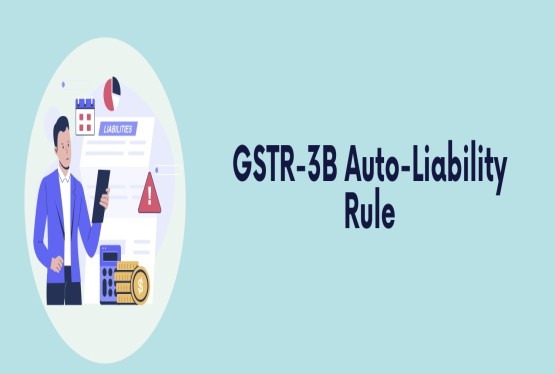
_Of_Income_Tax_Act_learn_crop10_thumb.jpg)








_learn_crop10_thumb.jpg)








_learn_crop10_thumb.jpg)
_crop10_thumb.jpg)






















_learn_crop10_thumb.jpg)
_for_Import_and_Export_learn_crop10_thumb.jpg)









